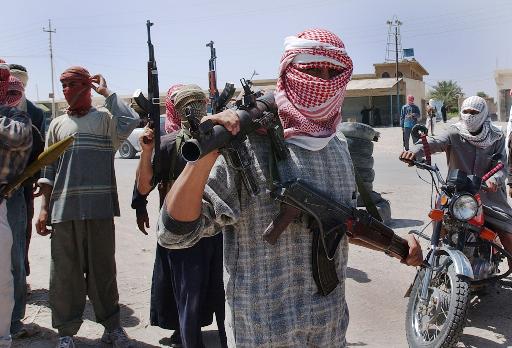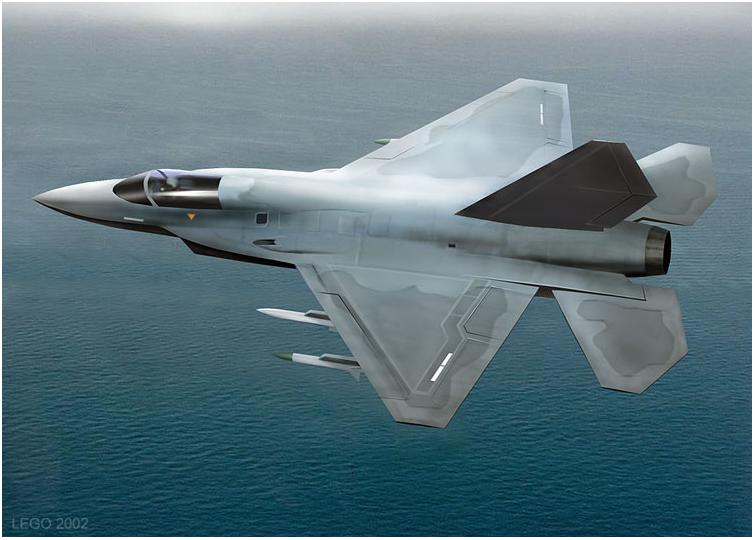As they dissect the lethal rockets which Iraqi Shiite insurgents have fired at their troops, US weapons analysts in Baghdad say they have no doubt of Iran’s signature.
For the Task Force Troy doing the forensic work at the US military’s Camp Victory near Baghdad airport, the evidence should trace the device back to the bomb-maker and locate where he acquired the skills.
Those involved in the project remain anonymous for security reasons but exhibit the weaponry behind the spike in US casualties in Iraq, pointing the finger of blame at Tehran.
A cylindrical device, about 60 centimetres long (almost 18 inches) and 40 centimetres in diameter, sits on a table, draped in white. A narrower cylinder is fitted in the rear.
“What they do is take a 107-mm rocket and take off its warhead,” said a non-commissioned officer, his eyes hidden by sunglasses. “They have a specifically-made warhead with a rocket motor on it.”
The warhead is sometimes a household water heater, filled with dozens of kilogrammes of military grade explosives, and the rockets are often launched from the back of a truck to deliver a lethal punch.
“It doesn’t have a big sign that says ‘made in Iran,’ but (it is possible to identify the source) from the original marks and from the shapes,” another officer in the team said.
“Attacks of this type appeared in 2007 to 2008,” said Major General Jeffrey Buchanan, spokesman for US forces in Iraq. “But now, they have become more efficient.”
Attacks in Iraq are down from an average of 49 a day in 2008 to 14 now, of which an average of six a day target US forces, he said.
But with 14 troops killed in June, the US military suffered its heaviest monthly losses since 2008. Six of those losses were sustained in a single improvised rocket attack on June 6.
“We’re seeing more powerful EFPs (Explosively Formed Projectiles), but most importantly they seem to have matured the ability to aim these things,” said General Lloyd Austin, who commands US forces in Iraq.
It “indicates that there are folks with significant experience involved in trying to help develop the techniques and procedures for employing these weapons,” according to the general.
Following an attack, the teams go out and collect whatever evidence they can to bring back for analysis, another officer explained.
Fingerprints and DNA traces are taken, the components analysed and the chemical composition of the explosives examined, he said, pointing to some 50 small vials, each filled with different explosives.
“There are certain markings that help us to distinguish from one place to another but I can’t really get into specifics,” said a female member of the team who wore civilian clothes.
The US military spokesman has no doubts the forensics trail leads to Iran.
“Many of the attacks we’ve seen lately have been attributed by forensics evidence to Ketaeb Hezbollah and frequently claimed by KH,” Buchanan said, referring to one of three Shiite militias blamed by the military.
“It’s probably the smallest organisation, (but) it has the most discipline with respect to how they conduct operations,” Buchanan said.
“It also has connections to the IRGC (Iranian Revolutionary Guards Corps) Qods Force,” he added, referring to the alleged covert operations wing of the elite Iranian military force.
“KH is a creation by the IRGC Qods Force. They get intelligence support from the Qods Force.”
Iran has never acknowledged the existence of the force and has repeatedly denied US accusations of arming insurgents in Iraq and Afghanistan, despite its open opposition to the American deployments.











